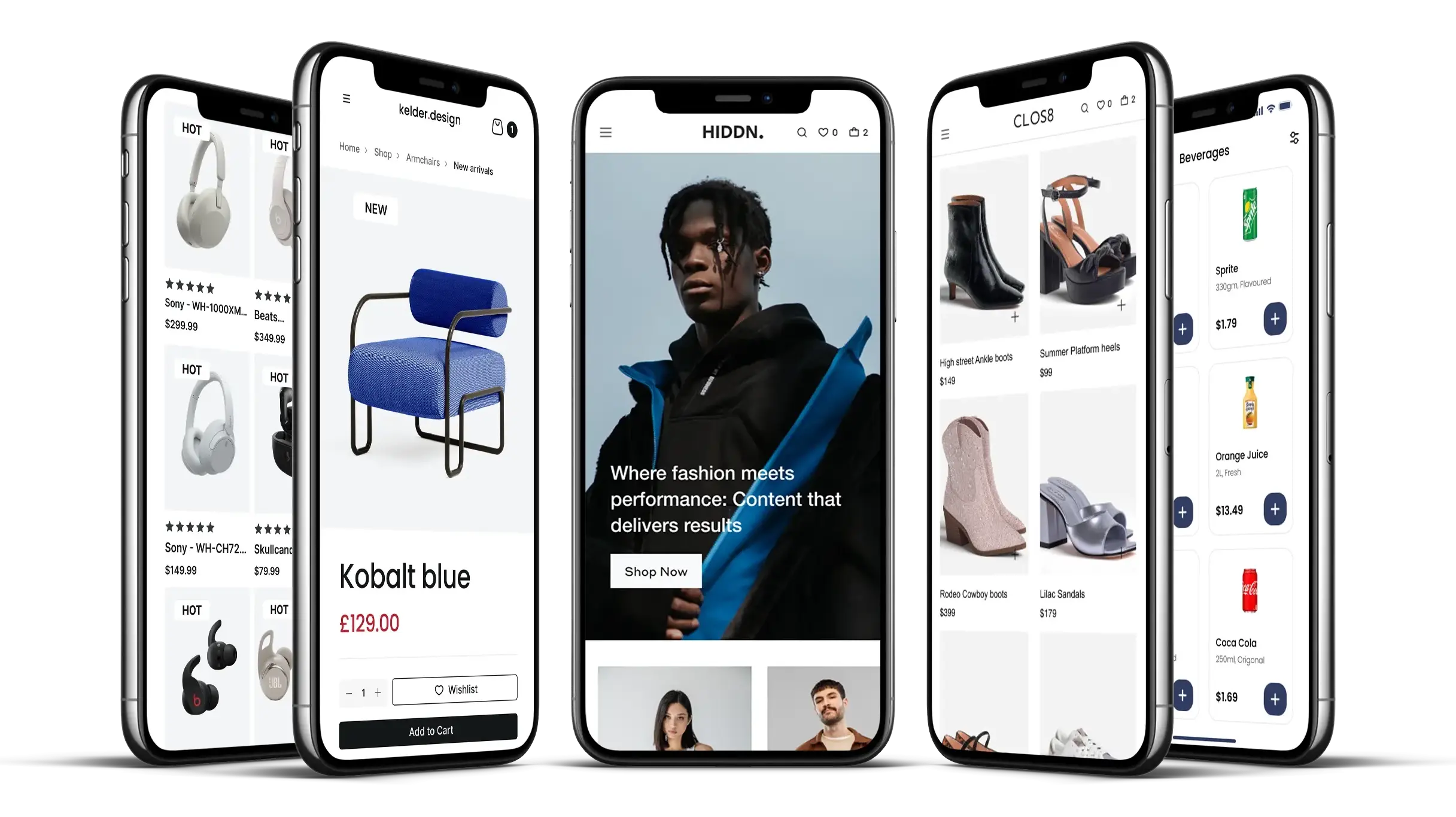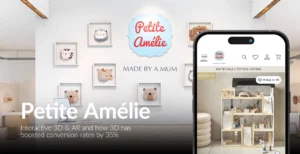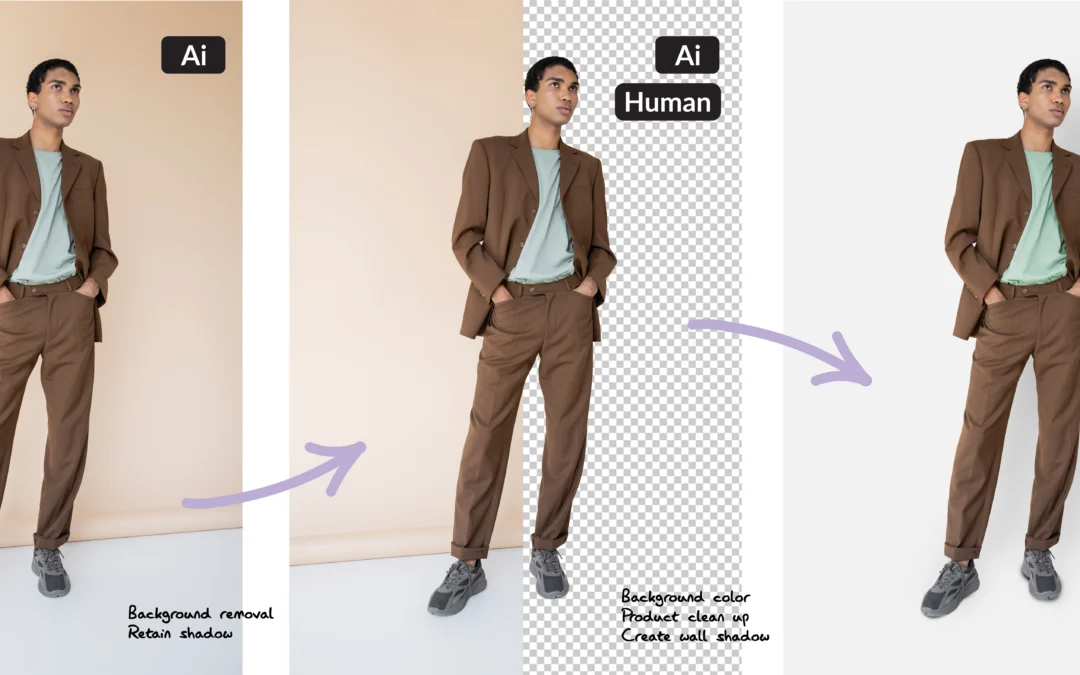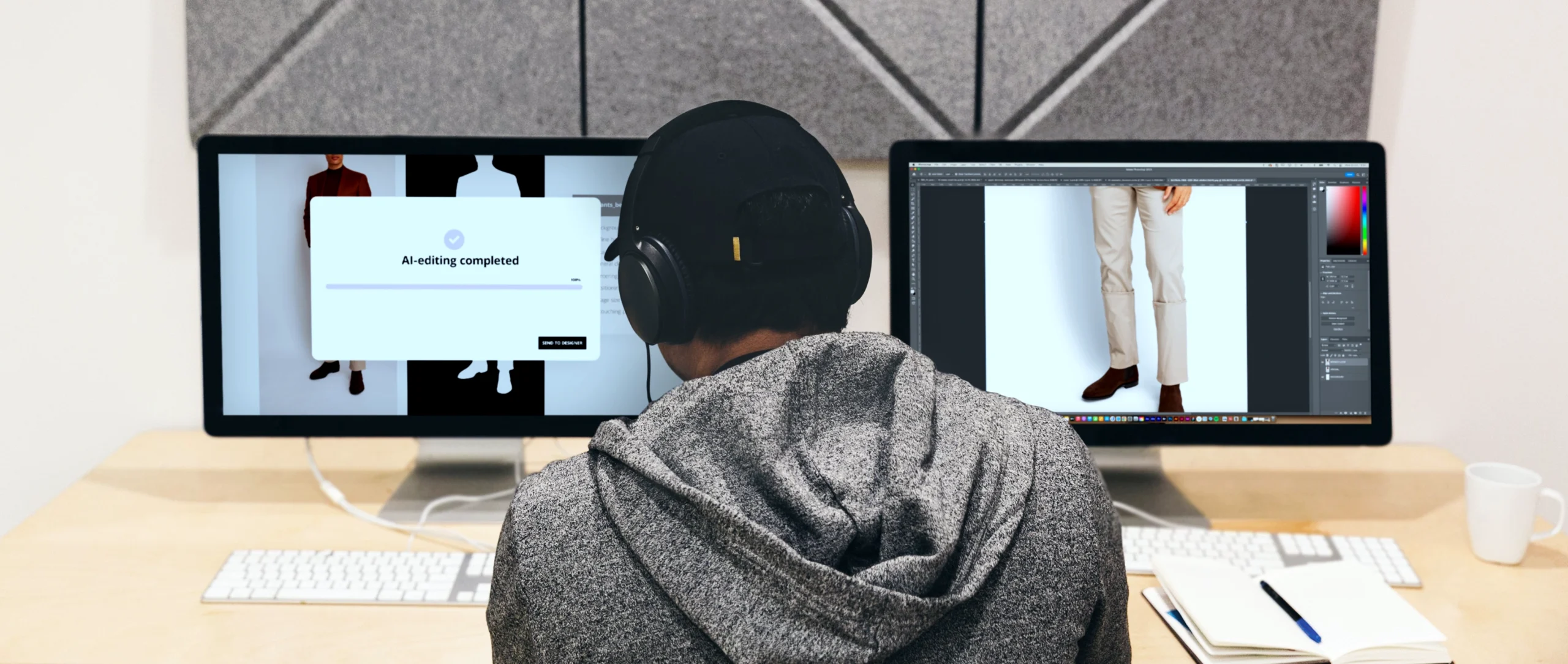AI has transformed the landscape of Visual Content, enabling rapid automation of complex tasks that once demanded hours of human labor. However, while AI excels at technical precision and speed, the role of human creativity is far from obsolete. The future of Visual Content lies in a harmonious collaboration between AI and human editors, where both entities contribute unique strengths to produce visually stunning and emotionally compelling content.
How AI enhances efficiency in visual content
AI thrives in repetitive, time-consuming tasks. From automatic background removal to intelligent retouching, AI allows editors to focus on high-level creative decisions rather than manual labor. AI-driven tools like Adobe’s Sensei or Google’s DeepMind utilize machine learning to “learn” from a user’s editing style, applying those learned patterns across hundreds or thousands of images in a fraction of the time it would take a human.
This kind of efficiency boosts productivity significantly. AI doesn’t just reduce the time needed for tasks like resizing or color corrections; it also increases consistency. By automating these routine processes, AI ensures that visuals across an entire project maintain a cohesive style, which is critical for brands that rely on a strong, uniform aesthetic.
At Bright River, we’ve been leading the way in integrating scripting, machine learning, and AI to enhance production efficiency. Backed by over 15 years of editing expertise, our AI-driven workflow manages complex, high-volume editing projects without compromising quality. While our AI is highly effective, we believe in keeping humans involved at critical stages. By combining the precision of AI with human oversight, we deliver the best of both worlds, ensuring the perfect result for our clients.
Example: Automation in High-Volume Workflows
Imagine editing product photos for an e-commerce site with thousands of SKUs. AI can automate the background removal, resizing, and color adjustments across all those images, freeing human editors to work on the creative process—like adjusting specific details or focusing on the emotional impact of the visuals.
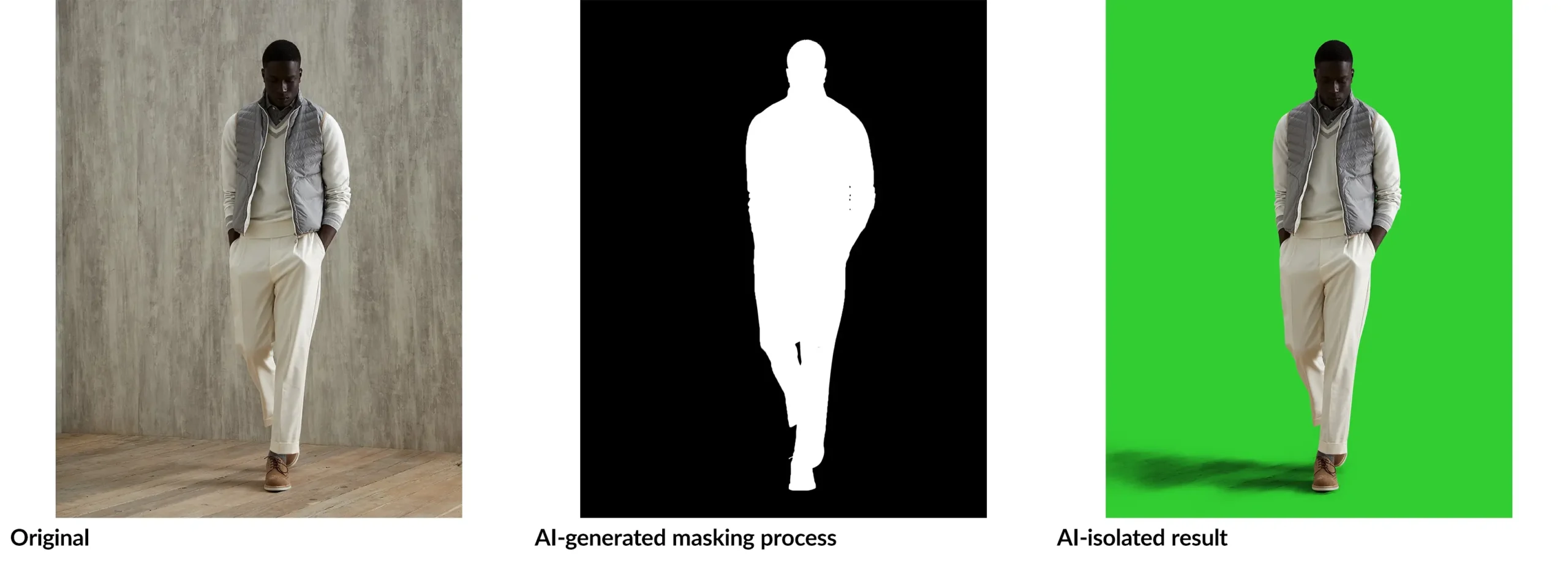
Why human creativity is still essential
While AI excels in technical tasks, it lacks the nuanced judgment and emotional sensitivity required to make subjective decisions about how an image should look or feel. This is where the human touch comes in. A human editor can gauge whether a particular lighting setup conveys the intended mood or if a specific retouching effect aligns with the brand’s ethos.
AI might be able to apply a general filter to a batch of photos, but only a human can determine if that filter aligns with a campaign’s creative vision. Guided by years of experience and an understanding of brand storytelling, human intuition will always play a vital role in fine-tuning the final output to ensure it resonates with the intended audience.
Example: AI vs. Human creative decisions
Consistency is critical to delivering high-quality outputs when AI and humans collaborate, especially in Visual Content and product photography. AI excels at replicating patterns and processing large data volumes efficiently. However, the human touch ensures these processes align with the brand vision. Humans bring creative oversight and the ability to make real-time adjustments, while AI handles repetitive tasks precisely. Together, they ensure every image or piece of content adheres to brand guidelines across platforms.
AI and Human collaboration: the best of both worlds
The power of AI and human collaboration lies in their complementary strengths. AI handles time-consuming technical tasks, allowing humans to focus on creativity and storytelling. This partnership enables experimentation and innovation that would be impossible without automation. Instead of replacing human editors, AI is an efficient partner, streamlining workflows while allowing humans to push creative boundaries, test new ideas, and create emotionally engaging content.
The future of visual content teams
In the future, creative teams will include human editors and AI tools working in tandem. Human editors will rely on AI to handle large volumes of basic edits. At the same time, they reserve their time for the if-this-than-that decisions, as well as strategic tasks that require experienced judgment and practical knowledge.
At Bright River, AI supports our teams by handling time-consuming tasks like batch image processing. This allows our expert editors to focus on what they do best—adding the final touches that make content visually compelling and brand-aligned.
See the impact AI-Human approach can have on your business!
Discover how we help top brands integrating AI in their business everyday.
